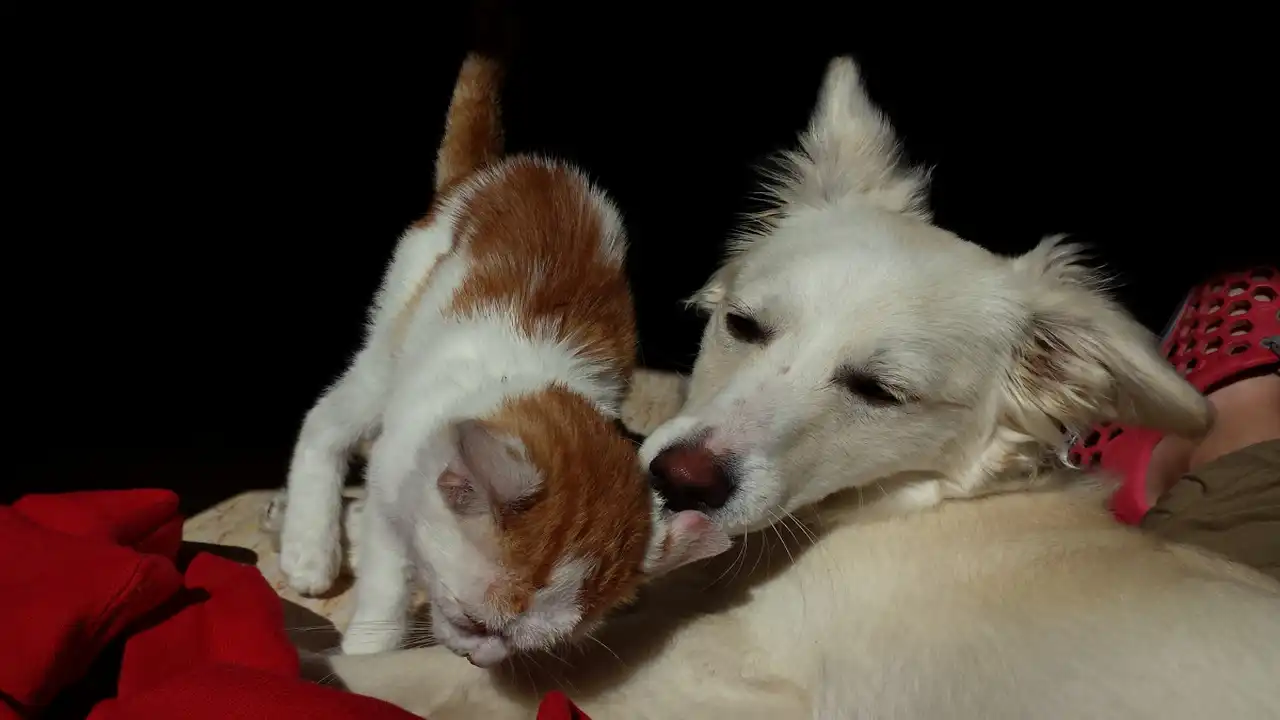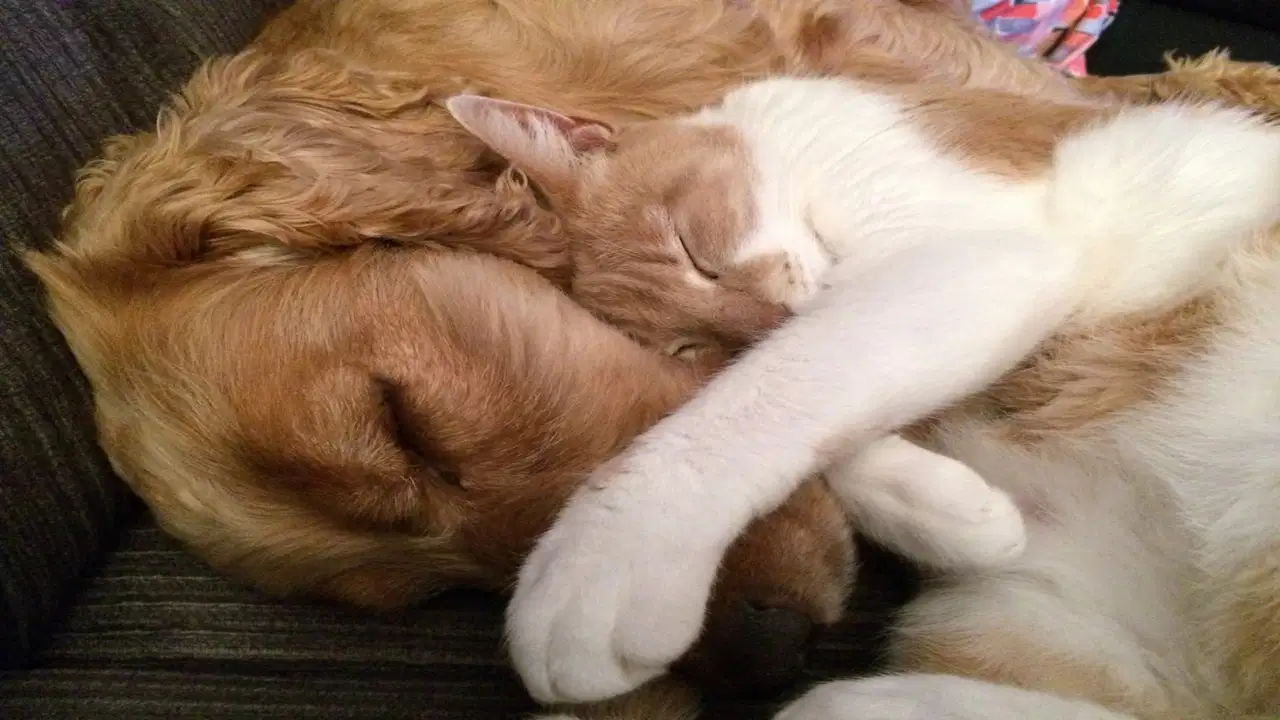Cat and dog behavior
Understanding the behavior of cats and dogs is crucial for ensuring a harmonious coexistence between these two popular pets. While both cats and dogs have their unique traits, learning about their instincts, body language, and communication styles can help pet owners create a peaceful environment in their homes.
.png)
Cats are known for their independent nature. They are generally more solitary animals and prefer having their own space. On the other hand, dogs are pack animals that thrive on social interactions. Recognizing these differences is essential when introducing dogs and cats to ensure they feel comfortable.
When it comes to body language, cats tend to communicate through subtle gestures. Their tail movements, ear positions, and facial expressions convey a range of emotions. Dogs, on the other hand, are known for their expressive tail wagging, ear positioning, and body postures. Understanding these signals can help prevent misunderstandings and potential conflicts between cats and dogs.
Harmonious coexistence
A harmonious coexistence between dogs and cats is not only possible but also beneficial for both pets. These two species can develop strong bonds, providing companionship and entertainment for each other and their human family members.
One key factor in achieving a harmonious coexistence is gradually introducing the cat and dog in a controlled environment. It is essential to start with scent introduction before allowing direct interactions. This can be done by swapping bedding between the two animals, allowing them to become familiar with each other’s scent.

Next, visual introduction can be made by using a baby gate or a screen door to separate the cat and dog while allowing them to see each other. This helps them become familiar with each other’s appearance without the risk of direct contact.
Once both animals show calm and relaxed behavior during scent and visual introductions, controlled face-to-face interactions can be initiated. It is crucial to supervise these initial meetings and ensure the safety of both the cat and dog. Rewarding them with treats or praise for positive interactions can encourage their bond to grow.
Providing separate spaces for the cat and dog is also important. Cats should have access to elevated areas where they can retreat to if they feel overwhelmed. Having separate feeding areas, litter boxes, and beds can prevent resource guarding and territorial conflicts.
Introducing dogs to cats
Introducing a dog to a household with an existing cat requires patience, preparation, and careful monitoring. Following the steps outlined below can help create a smooth transition and promote a positive relationship between the two animals:

Prepare the environment:
Before the dog’s arrival, create a safe and comfortable space for the cat. Ensure the cat has access to all necessities, including food, water, a litter box, and hiding spots.
Gradual introduction:
Begin by allowing the dog and cat to become familiar with each other’s scent. This can be done by swapping bedding or using a cloth to rub each animal and then placing it in the other’s space.
Visual introduction:
Using a baby gate or a screen door, allow the dog and cat to see each other without direct contact. This allows them to observe and become accustomed to each other’s presence.
Supervised face-to-face interactions:
When both animals show signs of comfort and relaxation in each other’s presence, allow them to have controlled face-to-face interactions. Keep the dog on a leash during these initial meetings to maintain control.
Positive reinforcement:
Reward both the dog and cat for calm behavior and positive interactions. This can be done through treats, praise, or playtime.
Gradual increase in interaction time:
As the dog and cat become more comfortable with each other, gradually increase the duration of their interactions. Always supervise them to ensure their safety.
Patience and consistency:
It is important to be patient throughout the process and not rush the interactions. Consistency in training and reinforcing positive behavior will promote a harmonious relationship between the dog and cat.
Conclusion:
By following these steps and providing a calm and structured environment, dogs and cats can coexist peacefully. Remember, every animal is unique, and the introduction process may vary depending on their individual personalities. Seek guidance from professionals if needed, especially if the cat or dog displays signs of anxiety or aggression.
Cats and dogs can create lasting bonds when given the opportunity to interact and understand each other. With careful introductions and ongoing supervision, a harmonious coexistence between these two beloved pets is not only possible but also incredibly rewarding for both animals and their human companions.
